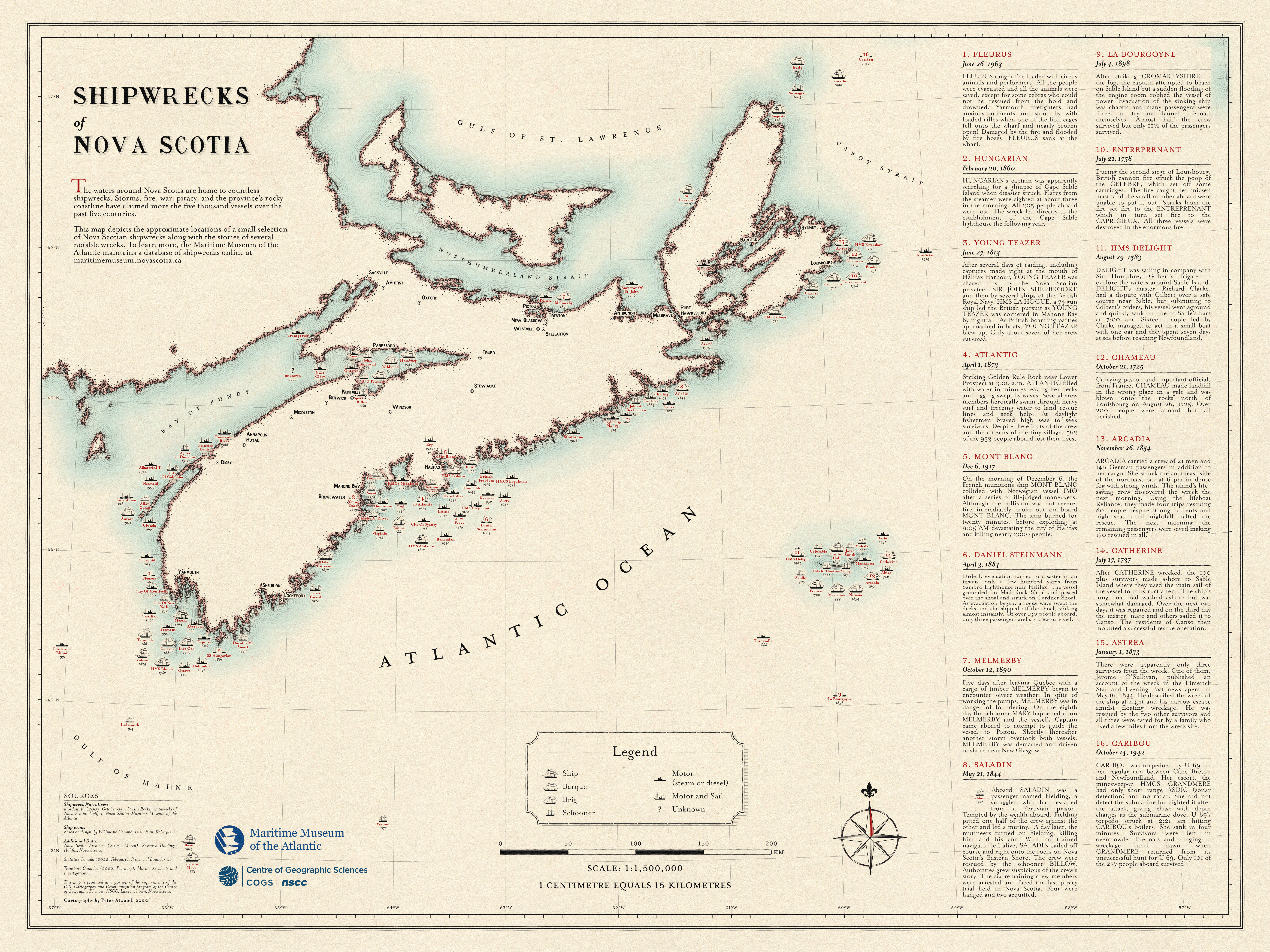Canadian
2024 Student Competition Winners
2024 Best Student Presentation Winner
The Best Student Presentation award at CCA 2024 Conference was presented to Allison Oki, University of Toronto for her presentation entitled “The Scarborough Greenway: Building an Outstanding Off-road Trail Network”.
2024 President’s Prize (College level) Winner
Megan O’Brien, Centre of Geographic Sciences (COGS) – “Urban Mobility in Greater London, England”
The design objectives of this project was to highlight areas of connectivity via the public transport system in London, as well as to discover areas which might be on the cusp of becoming important in terms of access via transit.
London, England has one of the most well-known public transport systems in the world, and this project sought to explore just how well it serves its population. The final raster graphic was produced by overlapping 10-minute transit isochrones for each Transport for London (TfL) station located in Greater London.
Isochrones were created using the Valhalla online mapping engine, and raster analysis was performed in ArcGIS Pro to determine the number of TfL stations that could be used to access a region within a 10-minute transport journey. This raster was supplemented with additional vector data, and added to a poster that provided a wider context on the issue of transport in London. The data was analyzed to determine which boroughs were most accessible by transport.
The poster was designed in Adobe Illustrator, integrating the raster and data analysis products. In terms of design, the poster aims to be a comprehensive and cohesive overview of the transport situation in London and to visually highlight areas, such as the borough of Croydon, that are making improvements in terms of public transport connectivity. Surround elements aimed to visually support the main map, using a similar colour scheme of pinks, purples, and greens. The poster aimed to be visually balanced, with a mixture of maps and data visualizations.
2024 Web Map Award Winner
The Local History Atlas is a full stack, custom-built web application that showcases historical information. It does this using three main point-and-cluster layers. The Items layer shows geo-located sources, including historical photographs, postcards, videos, and audio. The Buildings layer shows current and historical buildings, including historical and architectural descriptions of those buildings. Finally, the Plaques layer shows geo-located historical plaques from Ontario’s historical plaque database.
In addition to the point-and-cluster layers, the Local History Atlas can also display georeferenced historical maps. The user can adjust the opacity of these maps, allowing for comparison with modern aerial imagery.
The data on the Local History Atlas was created in collaboration with several organizations and individuals. I digitized the majority of items during a previous summer job. Items from Clinton were provided by the Municipality of Central Huron, and Buildings were plotted based on research I did using Huron County’s digitized historical newspaper collection. Items from the University of Waterloo were provided by the University’s Special Collections and Archives. Finally, podcast episodes were plotted in collaboration with several Canadian history podcasters, including Craig Baird of Canadian History Ehx.
The Local History Atlas is entirely custom built using open-source software. The front end was created using React and OpenLayers, the backend is written using Django, and the data are stored in a PostGIS database. The design of the front end is intentionally minimalistic so as to emphasize the historical documents.
Some features I am very proud of are the ability to zoom into and pan around the photographs and postcards to see fine details, the fact that the items and images tab opens when you click on a cluster, minimizing user confusion, and that the app includes the map’s bounding box in API requests so only Items and maps within the user’s view are fetched, increasing performance.
An accompanying AR application is currently being developed to allow users to explore the historical buildings shown in the atlas in an immersive way. This will allow people to explore Local History in situ rather than at home on a computer screen.



